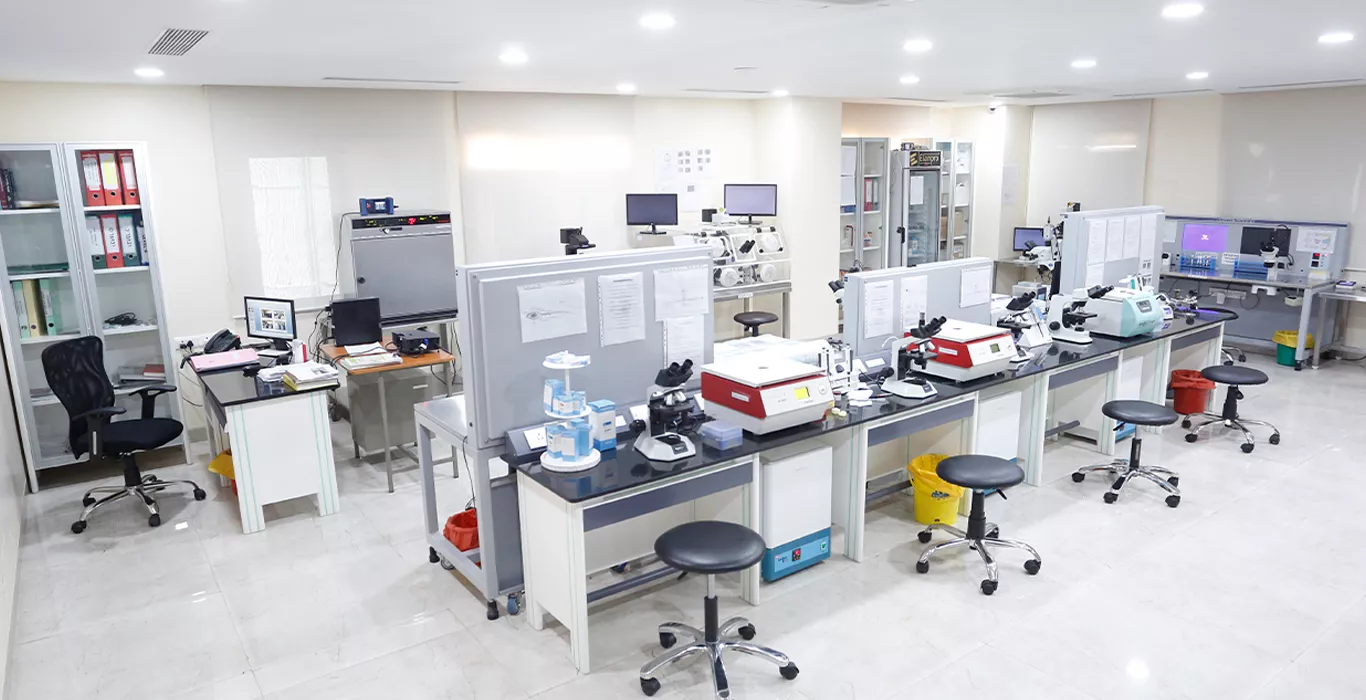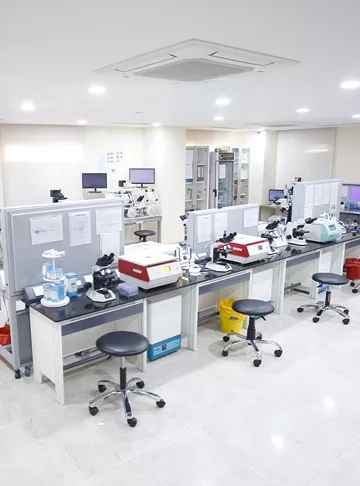Synopsis
IVF today is used to treat many other causes of infertility. Read below for various advanced techniques of ART available in evaluating embryos.
Since the first test tube baby in 1978, the field of Assisted Reproductive Technology (ART) has seen explosive advancements and is gradually being accepted within the society. Increasing information and guidance on Assisted Reproductive Technology as well as infertility has helped a large number of couples open up to the idea of ART. IVF or In Vitro Fertilization is one of the most common and effective types of ART. Initially, IVF was used to treat women with blocked or absent fallopian tubes. But with technological advancements, IVF today is used to treat many other causes of infertility. Let’s look at the various advanced techniques of ART available in evaluating embryos.
Various Advanced Techniques of ART available in evaluating embryos:
With the help of technological advancements, a number of systems have been developed to help evaluate the quality of the embryos as well as the chromosomal status of the embryos. These advancements in the field of assisted reproductive technology are reducing the chances of miscarriages or chromosomal anomalies.
1. Preimplantation Genetic Testing (PGT):
Preimplantation Genetic Testing or PGT is used to evaluate embryos before transferring it to the uterus. It comprises of a group of genetic testing used to evaluate embryos for chromosomal abnormalities. PGT helps to identify and avoid fertilizing embryos that carry one or more genetic disorders.
2. Endometrial Receptivity Analysis Testing (ERA):
Endometrial Receptivity Analysis or ERA is a genetic test performed on a very small sample of a woman’s endometrial lining to determine which day would be the best day to transfer the embryo during an IVF cycle. The ERA is done during a “mock-cycle” before your IVF transfer. The sample is then analysed to understand the optimal day for embryo transfer. Generally, the ERA is recommended if two or more IVF cycles have not been successful.
3. Magnetic Activated Cell Sorting (MACS)
Magnetic Activated Cell Sorting or MACS is used in the cases of male infertility. This technique helps separate healthy sperms from sperms having DNA damage. Sperms with high DNA damage are more likely to cause miscarriages and poor embryo quality. Thus, separating damaged sperms from the healthy sperms provide a higher success rate for the IVF treatment.
4. Time Lapse Imaging of Embryo
This is a new and developing technology that allows for better selection of embryos that can be transferred. This technique in the ART works as a built-in camera that takes pictures of the embryos at regular intervals while the embryos are still inside the incubator. It helps in selecting the embryos that are most likely to develop into a baby and thus significantly improving birth rates.
Comments
Articles
2023
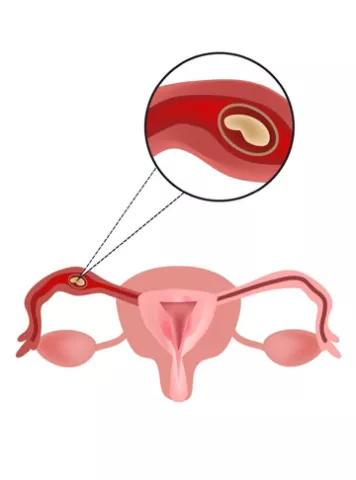

Guide to infertility treatments IVF
एक्टोपिक प्रेगनेंसी के लक्षण, कारण और इलाज
प्रेगनेंसी की खबर महिला को का�...
2023


IVF Guide to infertility treatments
टेस्ट ट्यूब बेबी का खर्च कितना आता है (What is the test tube baby cost in hindi)
पिछले कुछ वर्षों में टेस्ट ट्�...
2023


What Causes High Estrogen in Women
Estrogen is a very important hormone in a female’s body. It is especially ne...
2023


How early can a pregnancy be detected in IVF?
The happy news of pregnancy arrives after the successful completion of the fer...
2022


Guide to infertility treatments IVF
थाइरायड असंतुलन के कारण हो सकती है निःसंतानता, आईवीएफ से कैसे हो सकता है।
पिछले कुछ वर्षों में थायराइड �...
2022


पुरूष निःसंतानता का एक कारण वेरिकोसिल आधुनिक तकनीकों से संभव है पिता बनना
पुरूष निःसंतानता शब्द कुछ सा�...
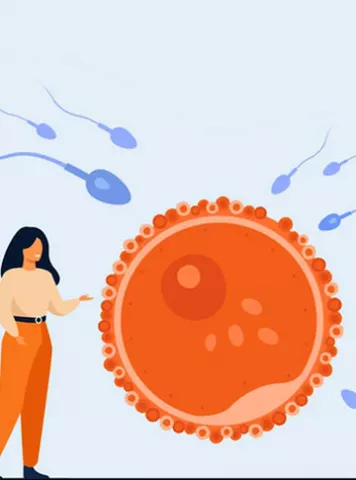

गर्भधारण के लिए कितनी होनी चाहिए शुक्राणुओं की संख्या
निःसंतानता एक ऐसी समस्या बनत�...
2022
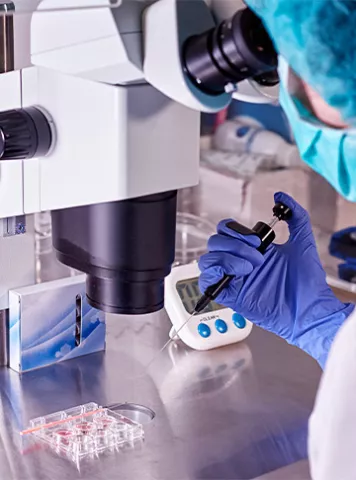

क्या है आईवीएफ डिटेल में जानिए, आईवीएफ में कैसे होता है गर्भधारण
समय के साथ हमारी प्राथमिकताओ�...
Tools to help you plan better
Get quick understanding of your fertility cycle and accordingly make a schedule to track it

